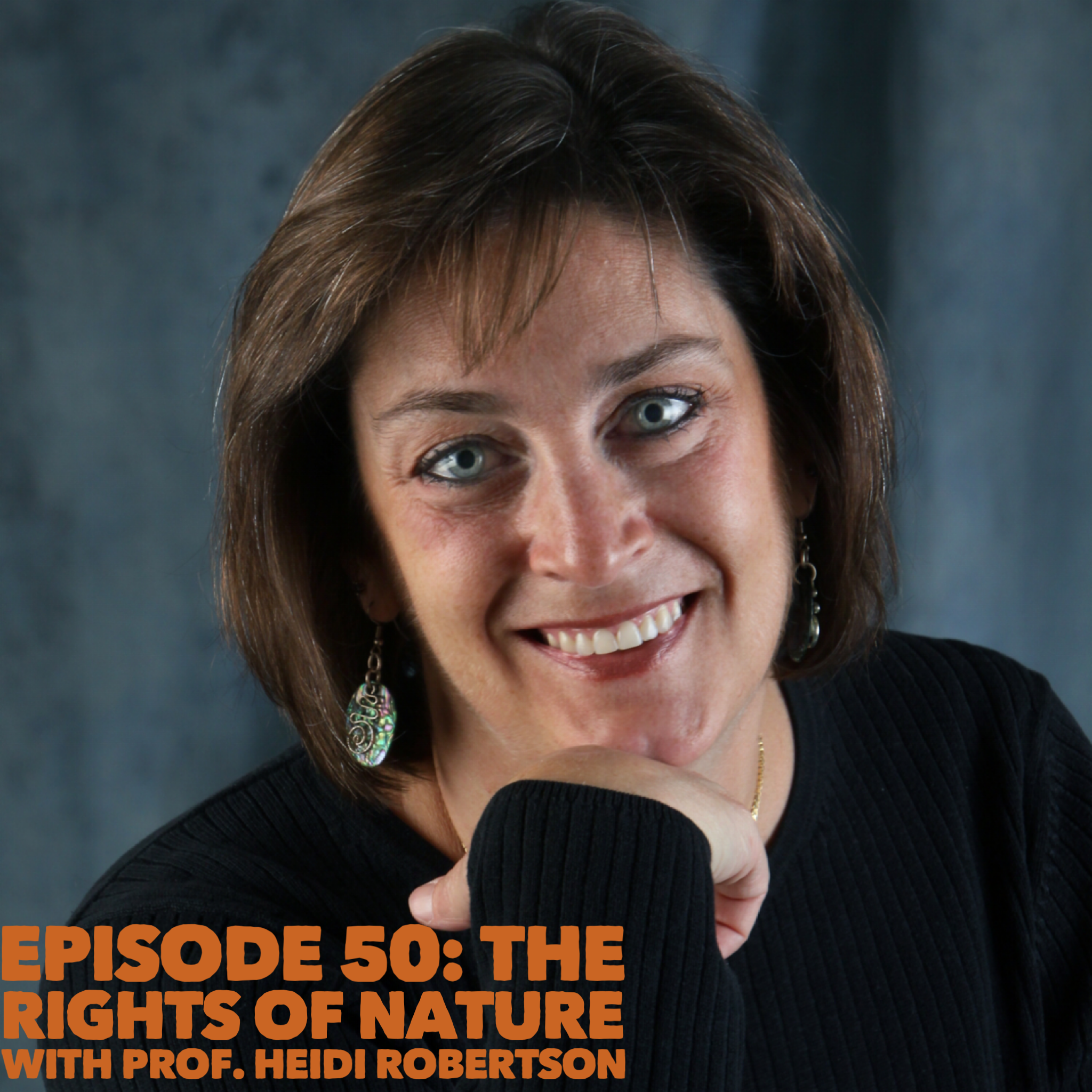On today’s episode of The CAP⋅impact Podcast I talked with Heidi Robertson, who is a Professor of Law at Cleveland State University Cleveland Marshall College of Law. She is also an environmental law expert and advises local governments on the impacts of various environmental policies. One form of environmental policy that Prof. Robertson advises cities on are Community Bills of Rights that include provisions for the rights of nature.
Rights of Nature
The rights of nature are a key component of many Community Bills of Rights is a provision establishing the rights of nature. The core idea of this is that natural resources should have legal rights like people do. Essentially, just like people have certain rights by nature of existing, natural resources like rivers of lakes should have rights just by nature of existing.
Community Bill of Rights
In terms of rights of nature, a Community Bill of Rights is a way to establish what rights a natural resource has and who would stand in court for that resource. This takes many forms. Ecuador has the most expansive rights of nature provisions – granting rights to almost all natural resources and giving anyone the right to defend those rights in court. New Zealand has a less expansive provision that extends to one river and establishes a council of indigenous people and government officials are the defenders of the river’s rights. A recent vote in the City of Toledo established the City as the defender of Lake Erie’s rights, but that was quickly put down in court which is a fairly common outcome for a Community Bill of Rights in the U.S.
Impacts
There are a couple of ways to look at the impacts that Community Bills of Rights have had on rights of nature. From a local government’s perspective, a Community Bill of Rights almost inevitable lands the City in litigation. Further, depending on whether the Community Bill of Rights was structured as a charter amendment – if you think of a City’s charter as its constitution, a charter amendment is equivalent to a constitutional amendment – or an ordinance – a law at the city level – then other city ordinances could be called into question. These legal and political hurdles have led to Community Bills of Rights having minimal immediate practical impact in the U.S.
But in a less practical sense, by popping up in localities across the U.S. Community Bills of Rights have success in moving the Overton window on the rights of nature discussion. Essentially, by forcing the discussion on the topic Community Bills of Rights have moved the conversation from the fringe of public discourse into a more mainstream position.
You can learn more about Professor Heidi Robertson on her Cleveland-Marshall School of Law faculty page and you can find her published work here. As always, if you enjoyed today’s conversation please share it with a friend. Or, if you haven’t already, please subscribe to The CAP⋅impact Podcast on Apple Podcasts or your preferred podcast listening app and leave us a positive review and 5-star rating on Apple Podcasts.
https://soundcloud.com/capimpactca/episode-50-the-rights-of-nature-with-prof-heidi-robertson

